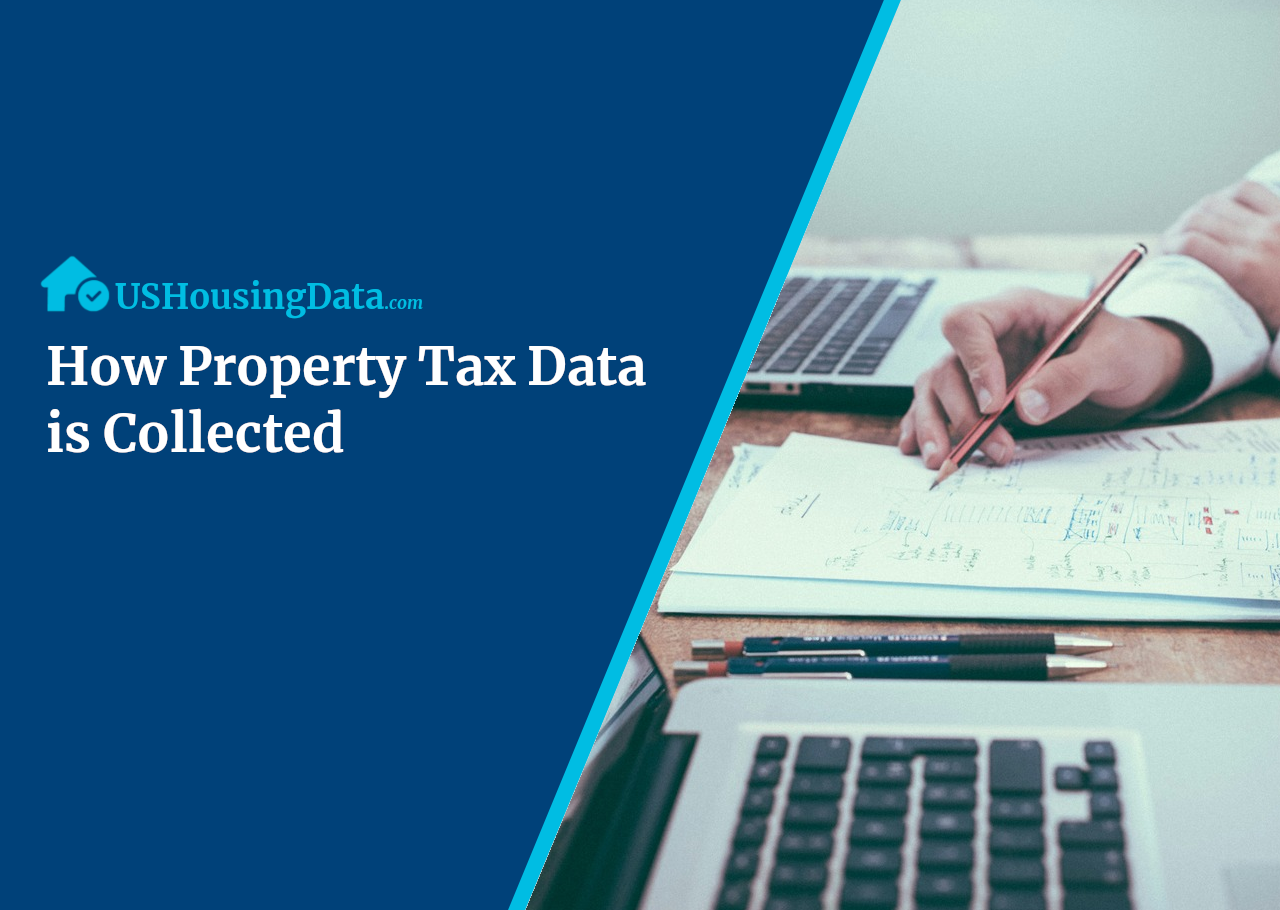
Unraveling the Process: How Property Tax Data is Collected
Property taxes are a cornerstone of local funding, playing a vital role in financing community services and development projects. Behind the scenes, a meticulous process is in place to collect the data needed for accurate property tax assessments.
1. Assessment Authorities:
Local government entities, often known as assessment authorities, are responsible for determining the assessed value of properties within their jurisdiction. These entities can include county assessors, municipal assessors, or similar offices.
2. Property Inspections:
Property tax data collection often begins with on-site inspections. Trained assessors visit properties to gather information on various factors such as size, structure, amenities, and overall condition. These details contribute to forming an accurate picture of the property and aid in property tax calculations.
3. Database Maintenance:
Assessment authorities maintain comprehensive databases containing property-related information. This database includes details on land size, building dimensions, construction materials, and any additional features that influence property value.
4. Technological Tools:
In the modern era, technology plays a pivotal role in property tax data collection. Geographic Information System (GIS) mapping, aerial imagery, and other advanced tools aid assessors in obtaining a detailed understanding of properties without constant physical visits. This technological evolution has a fascinating history in the context of property taxes.
5. Sales and Market Analysis:
The real estate market is dynamic, and property values can change over time. Assessment authorities analyze recent property sales, market trends, and economic indicators to ensure that assessed values align with the current market conditions. Investing in real estate becomes a strategic consideration in this context.
6. Legal and Ownership Information:
Property tax data collection involves verifying legal details and ownership information. Assessors need to confirm property boundaries, ownership transfers, and any legal encumbrances that may impact the property's assessed value.
7. Collaboration with Property Owners:
Communication with property owners is essential for accurate data collection. Property owners may provide additional insights into their property, and assessors can address any discrepancies or clarify information during this collaborative process.
8. Data Analysis and Modeling:
Advanced statistical models and data analysis techniques are employed to ensure the accuracy and fairness of property assessments. These models take into account various factors to estimate the property's value based on the collected data.
9. Public Accessibility:
In many regions, property tax data is made accessible to the public. This transparency fosters trust and allows property owners to review their property information, ensuring fairness and accuracy in the assessment process.
10. Periodic Reassessment:
Property tax data collection is not a one-time affair. To adapt to changing market conditions, reassessment is often conducted periodically. This ensures that property assessments remain reflective of the property's true value over time.
Alan Reed

Alan is a real estate investor based in Northeast Pennsylvania with experience renovating and operating everything from single-family rentals to strip malls and storage facilities.
April 19, 2024 (Updated April 22, 2024)
